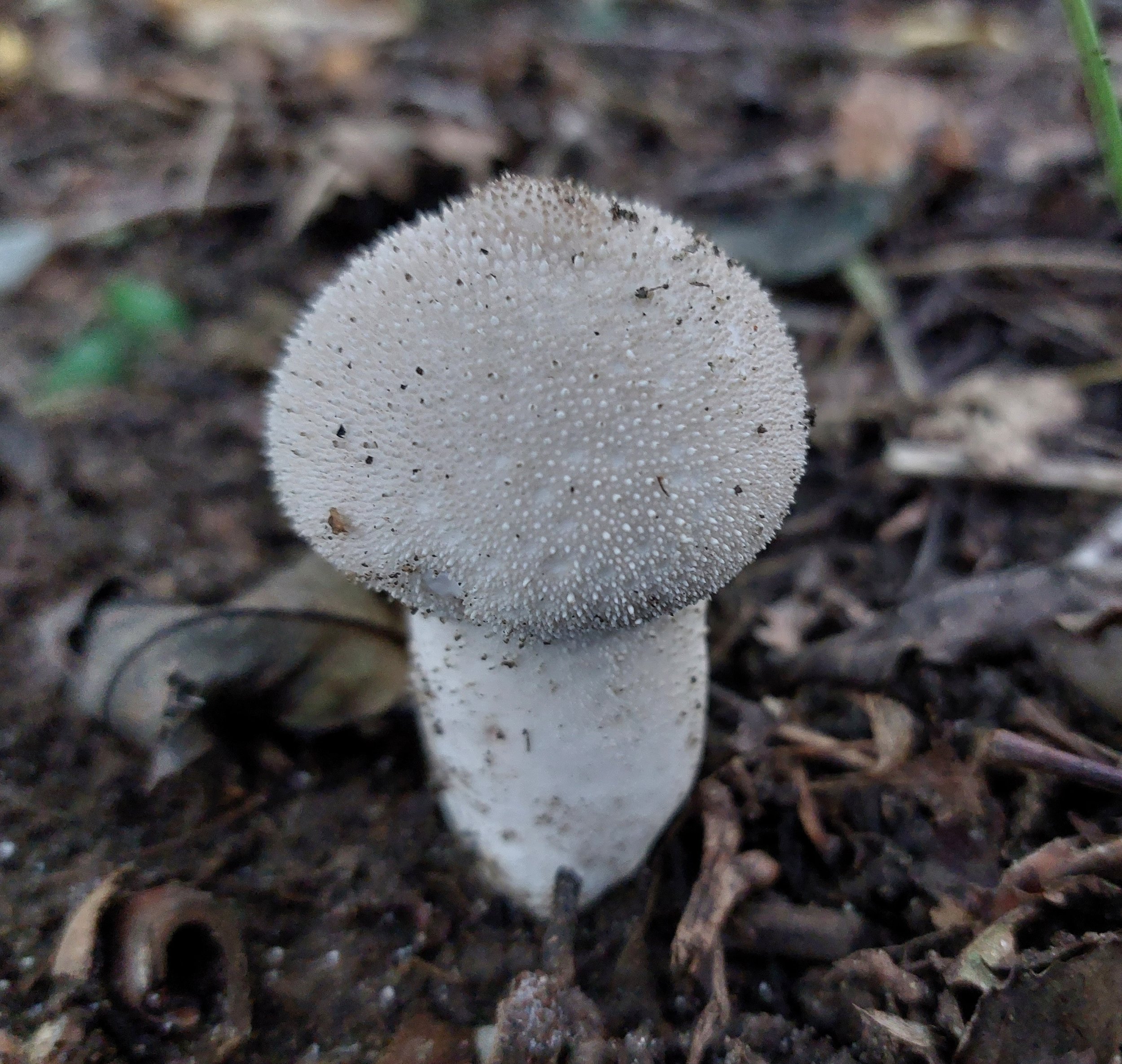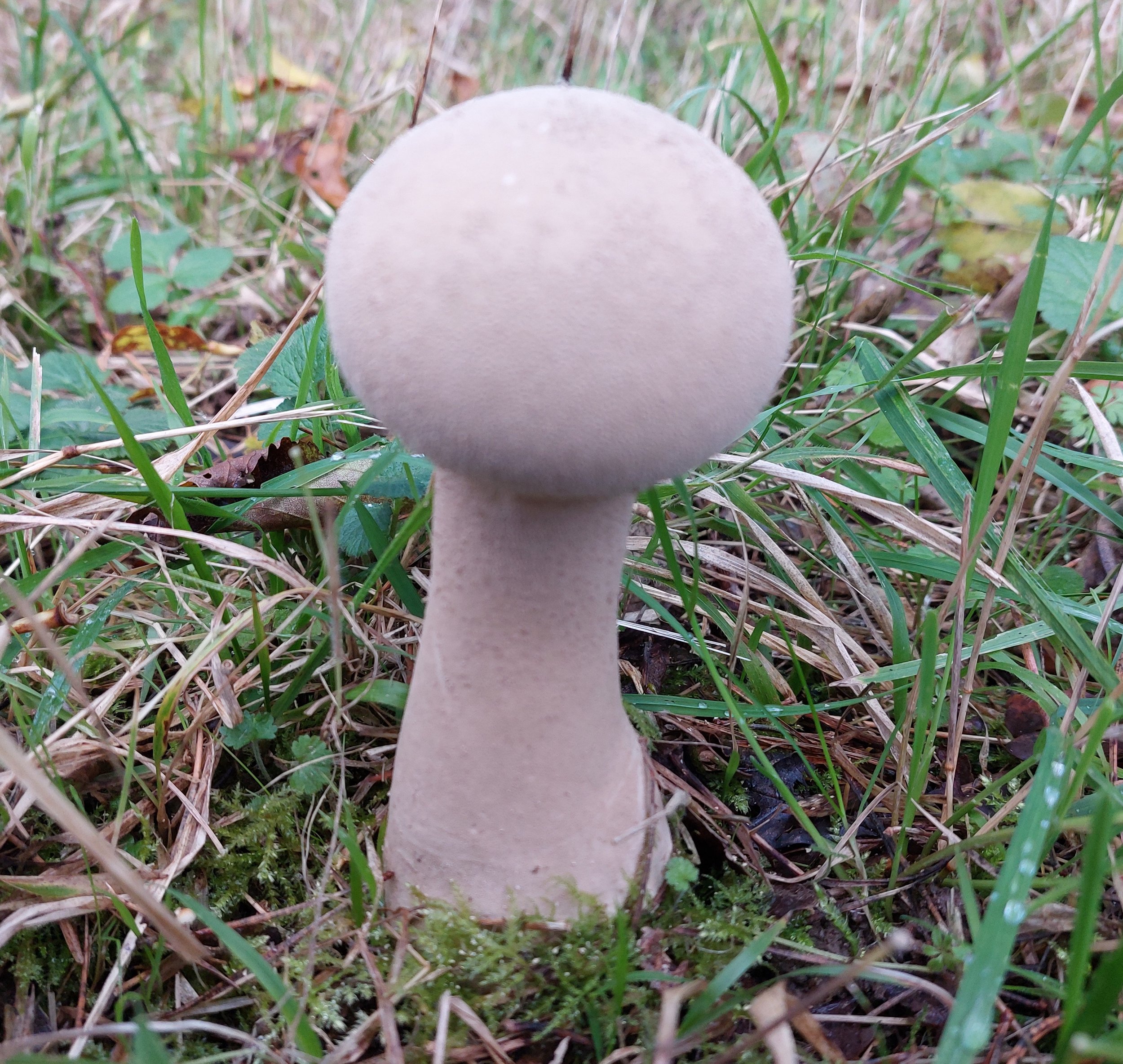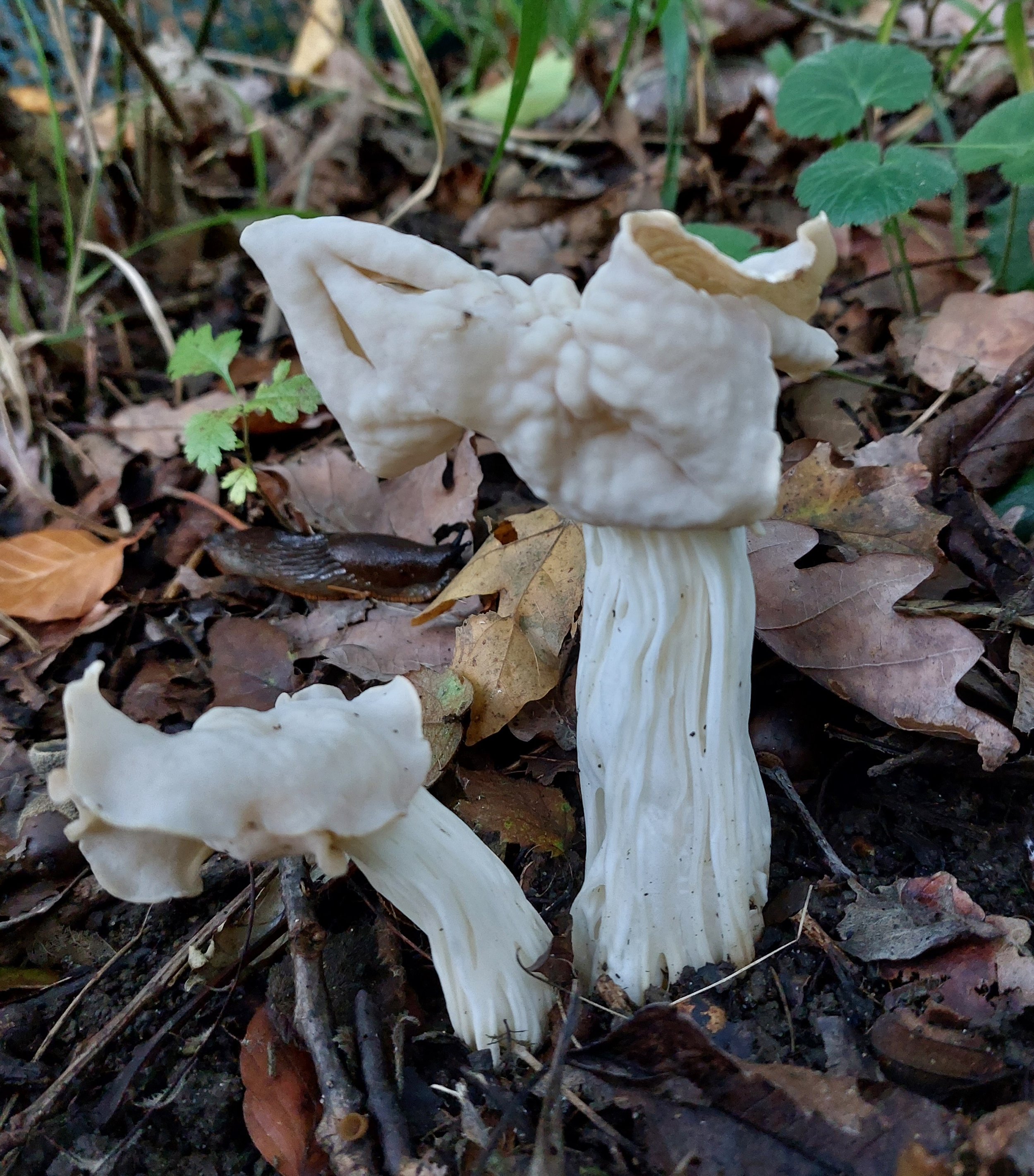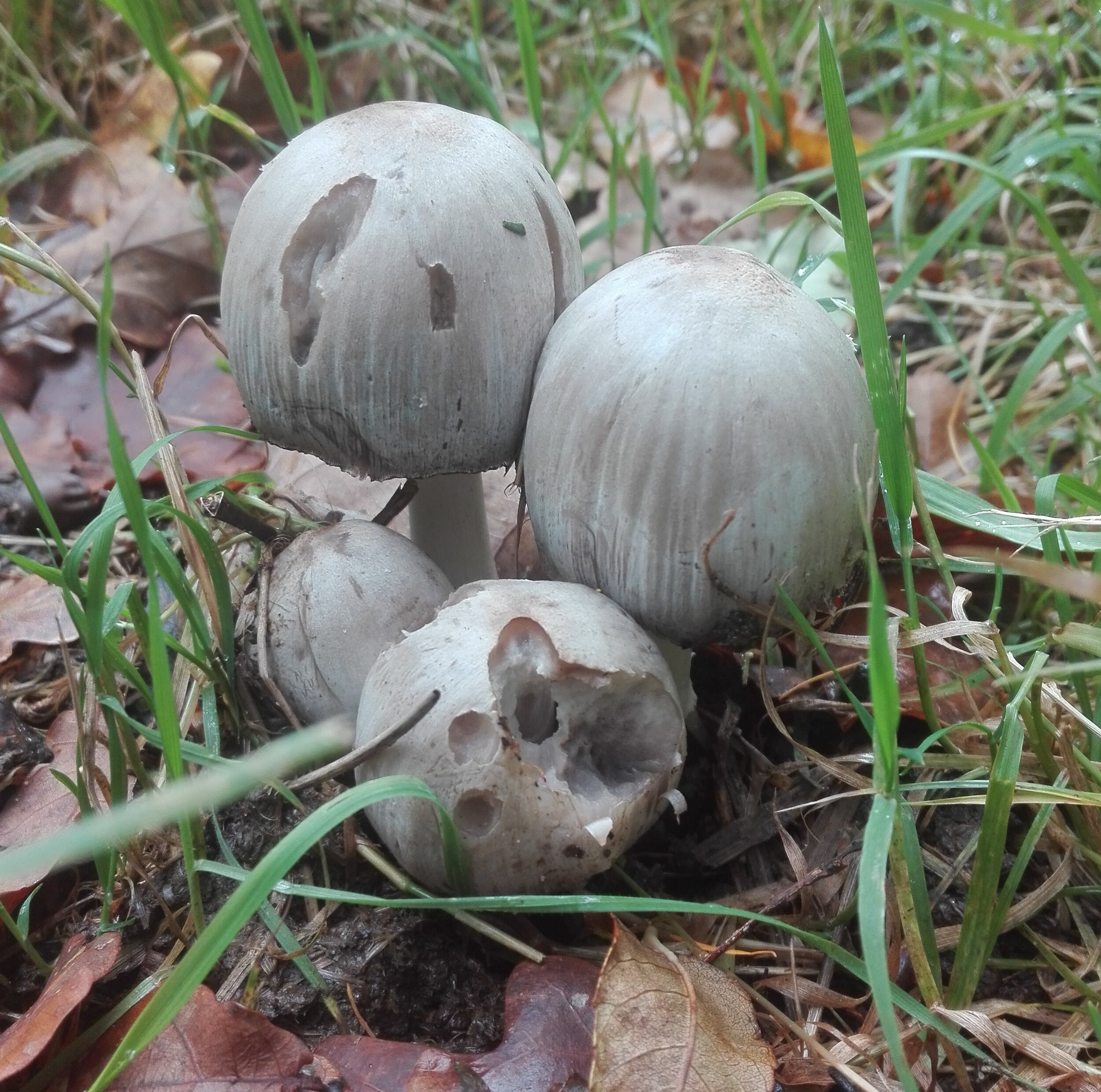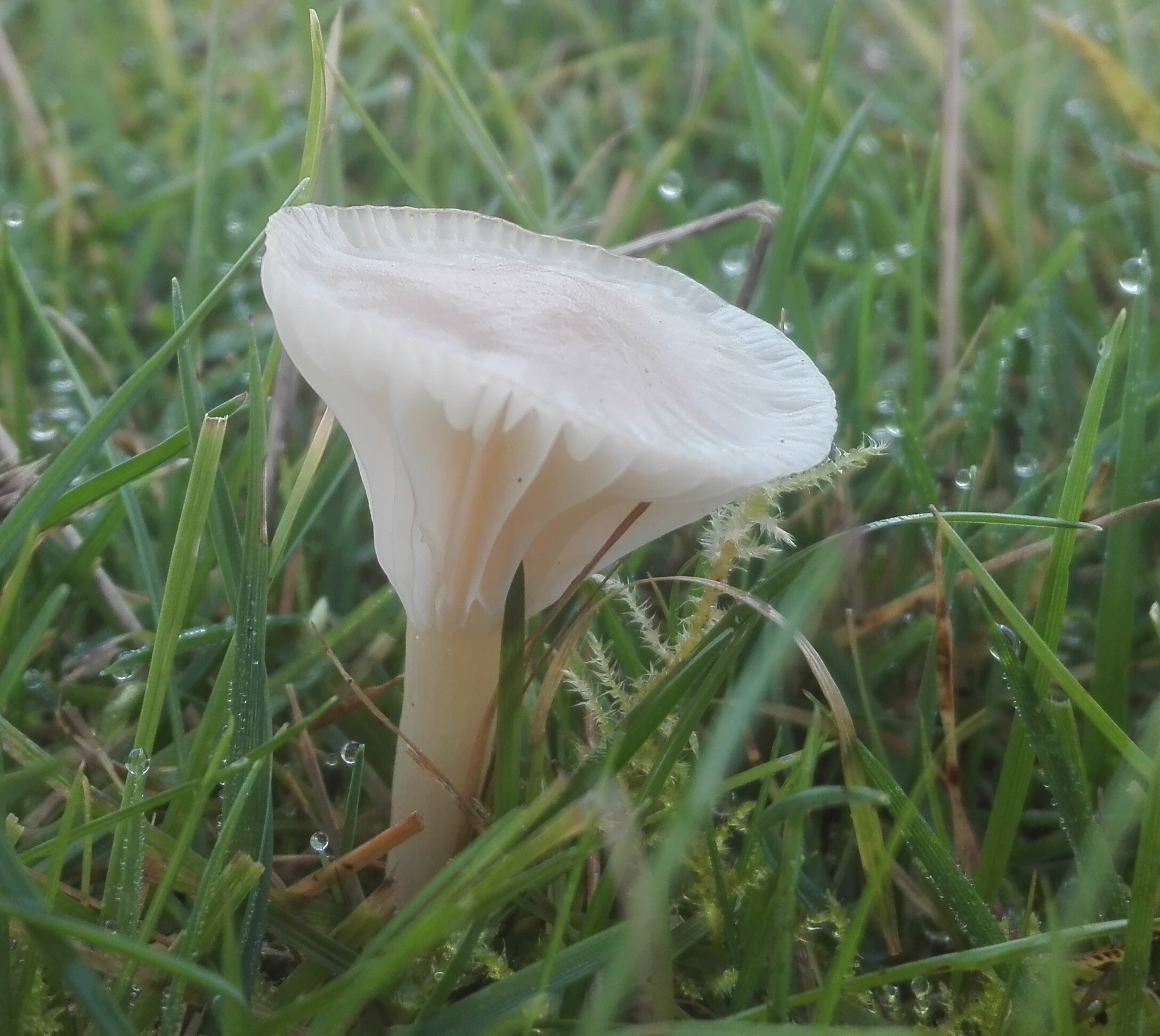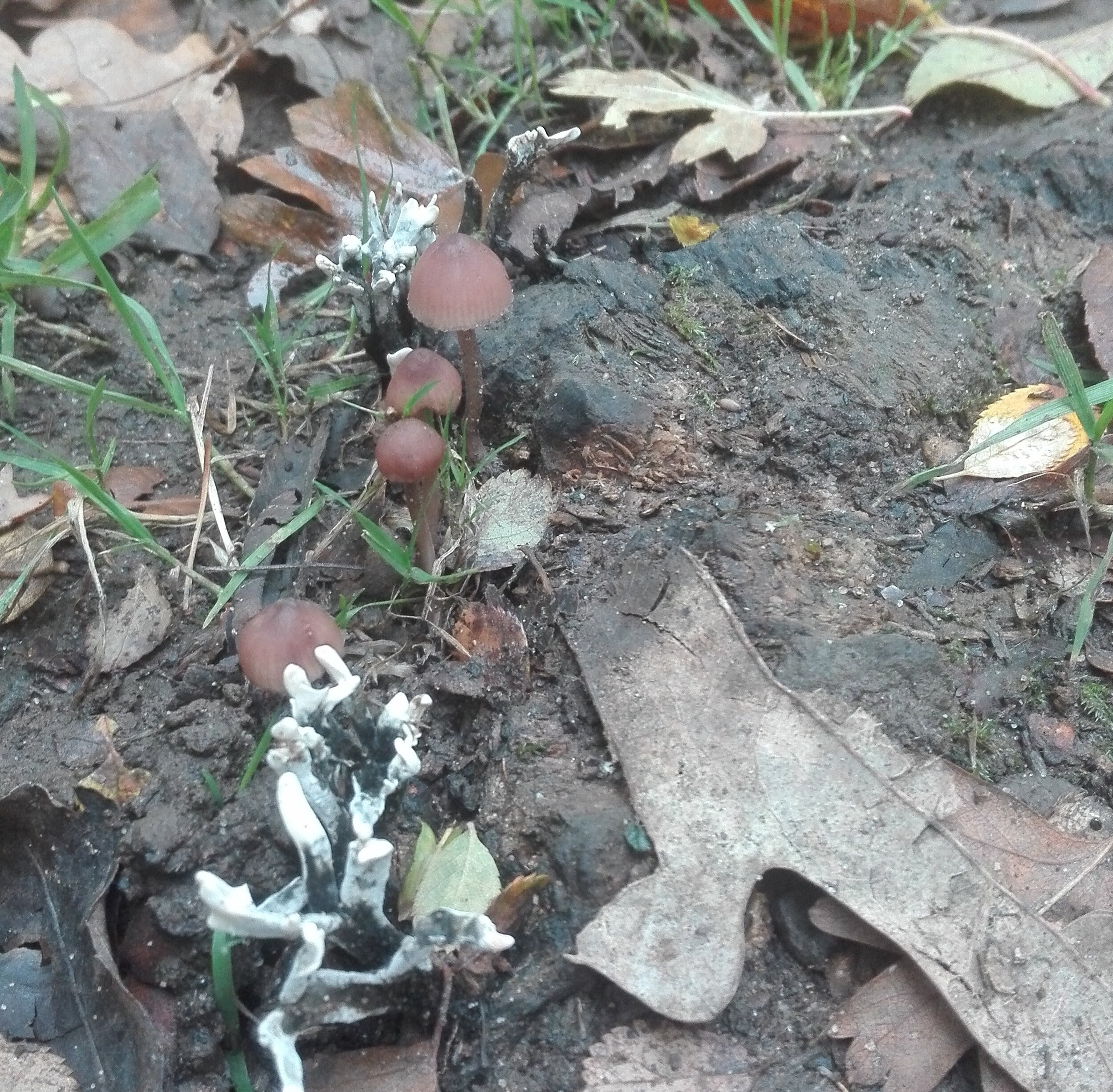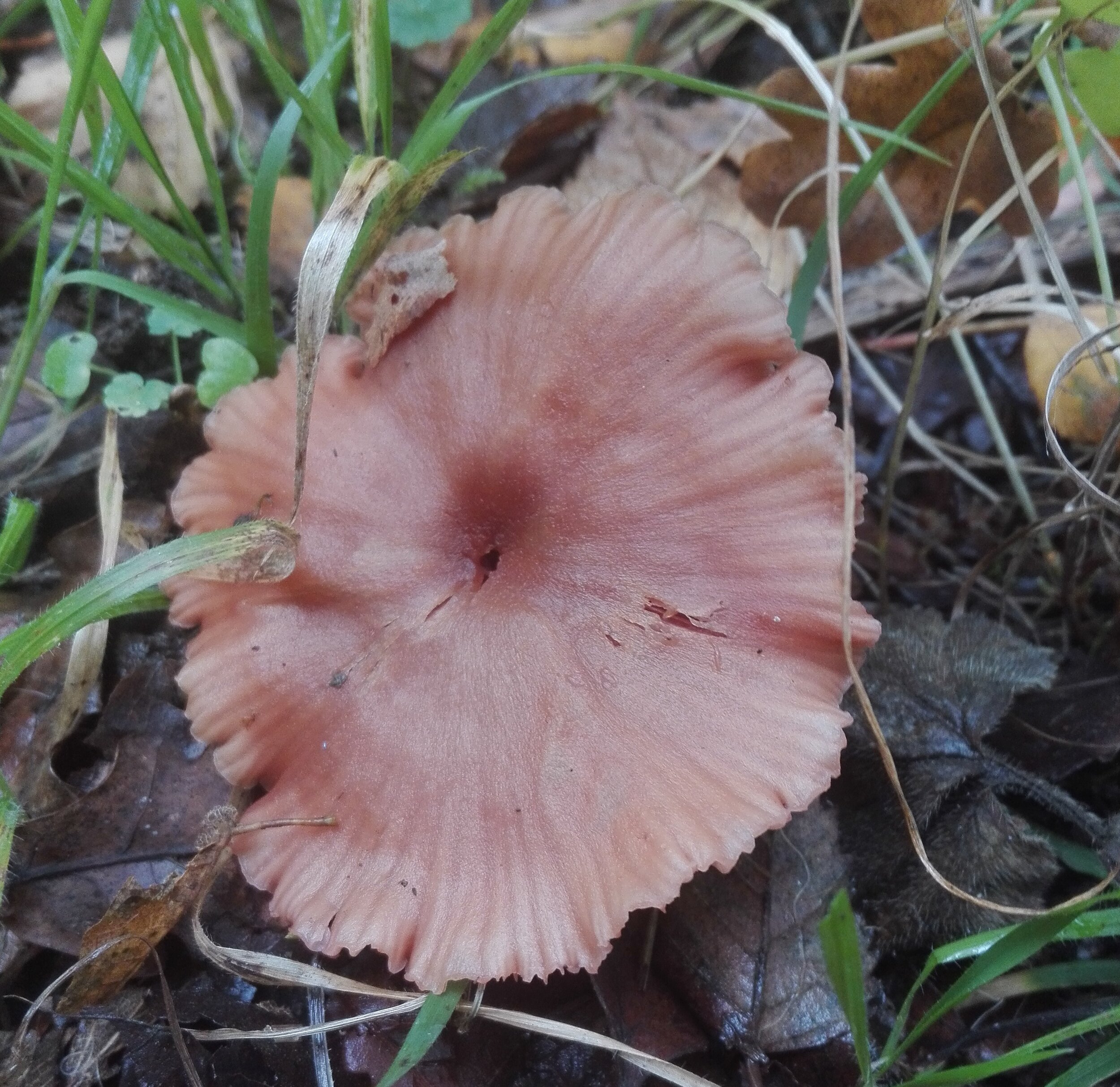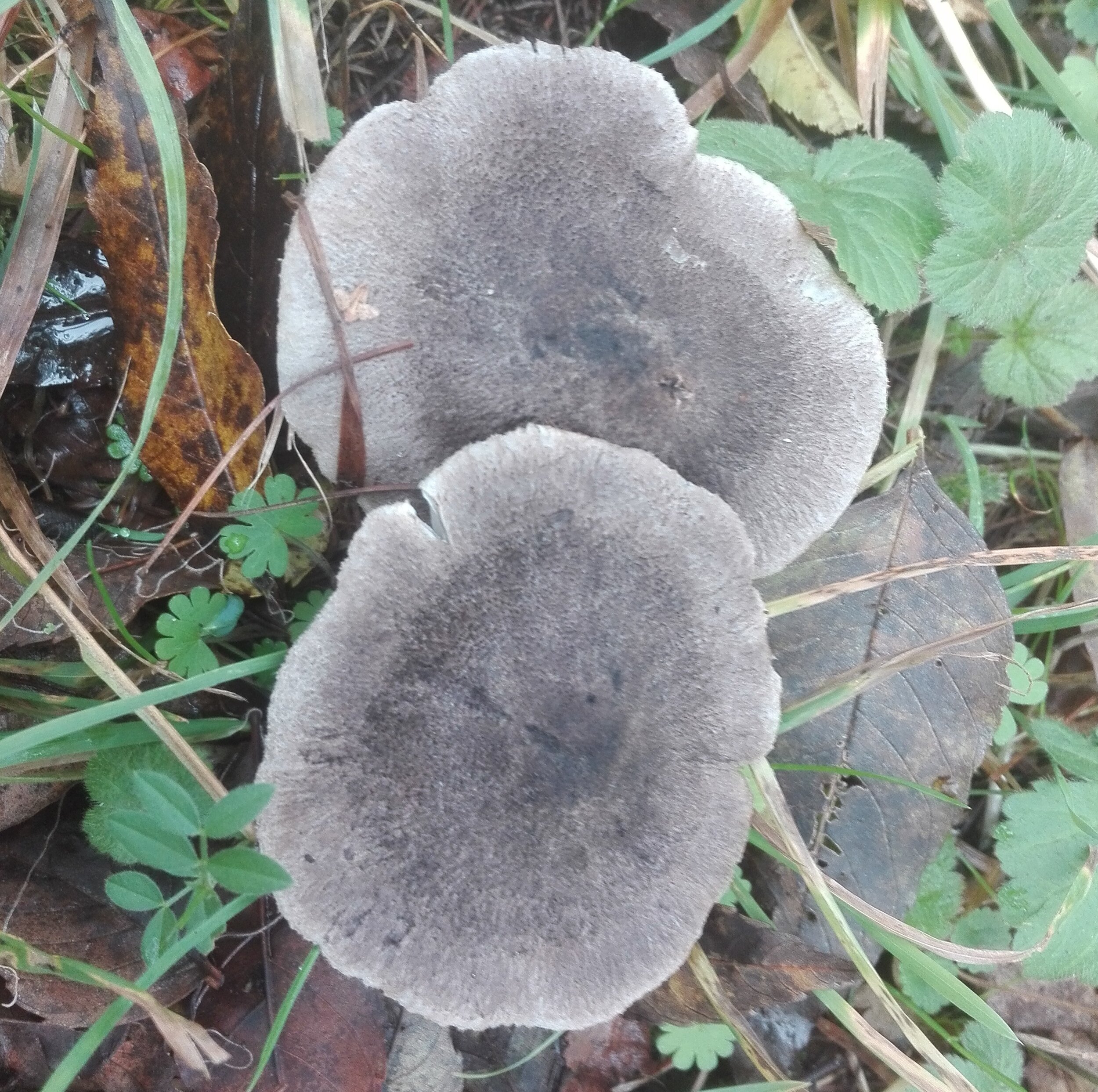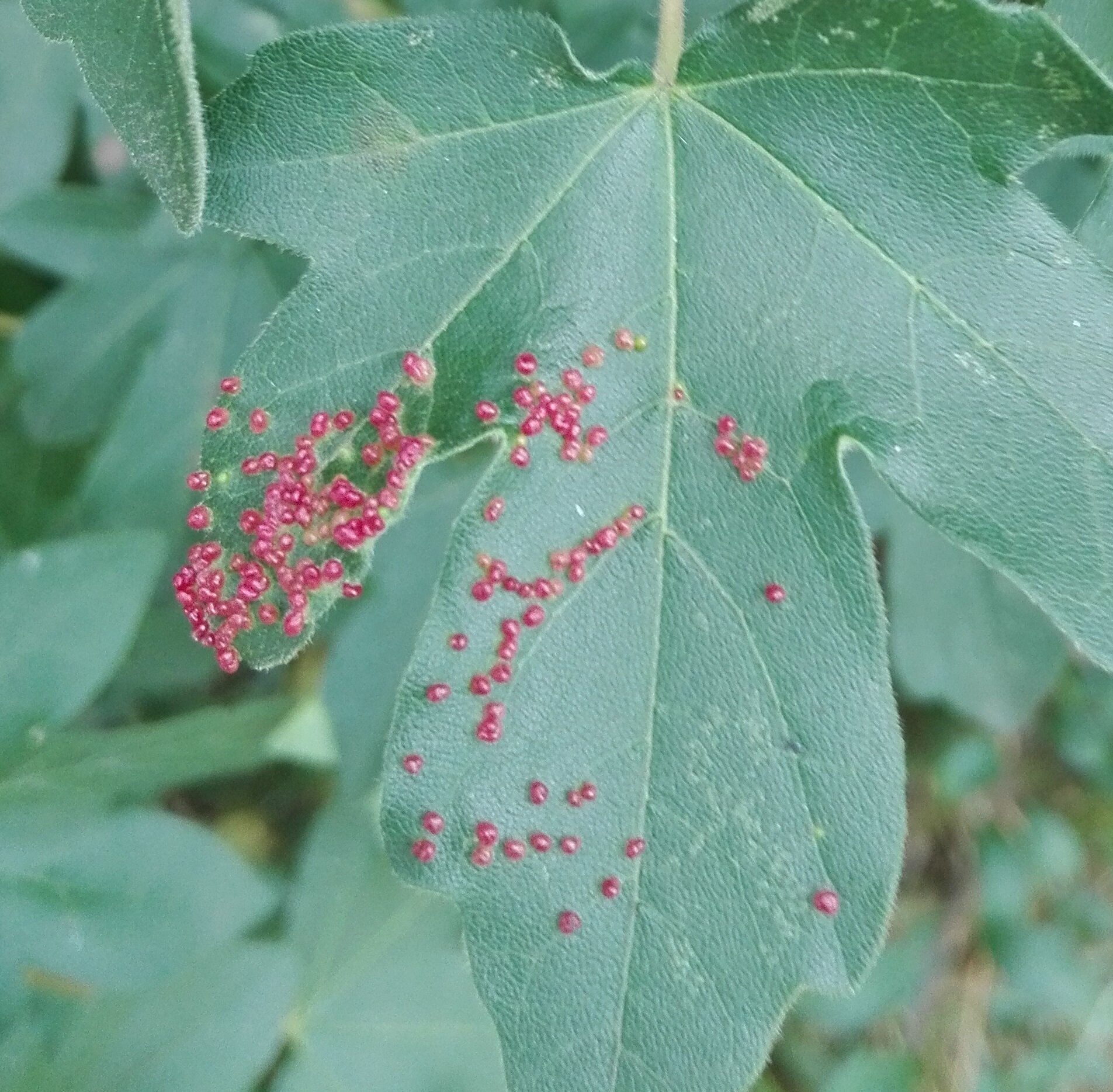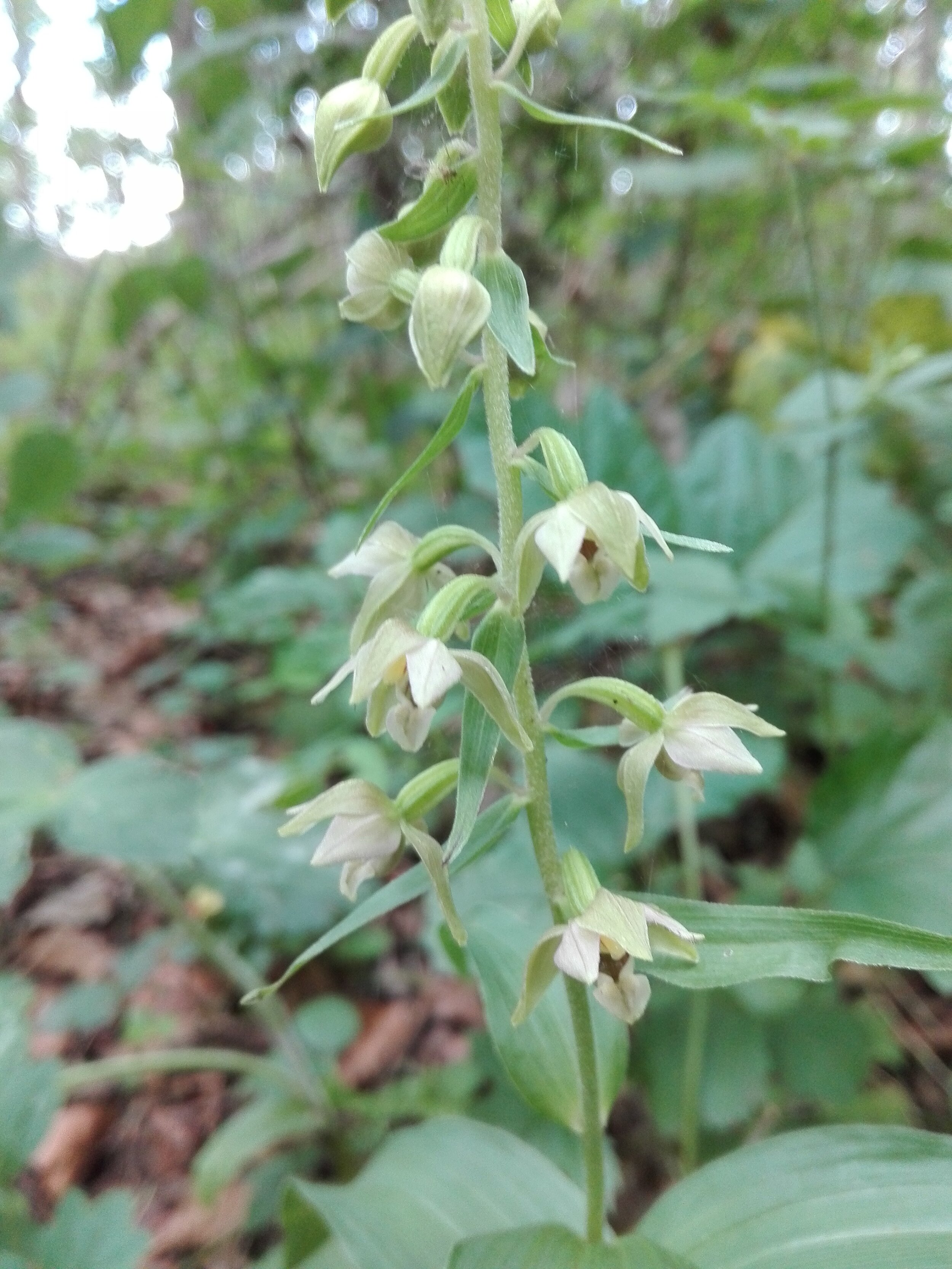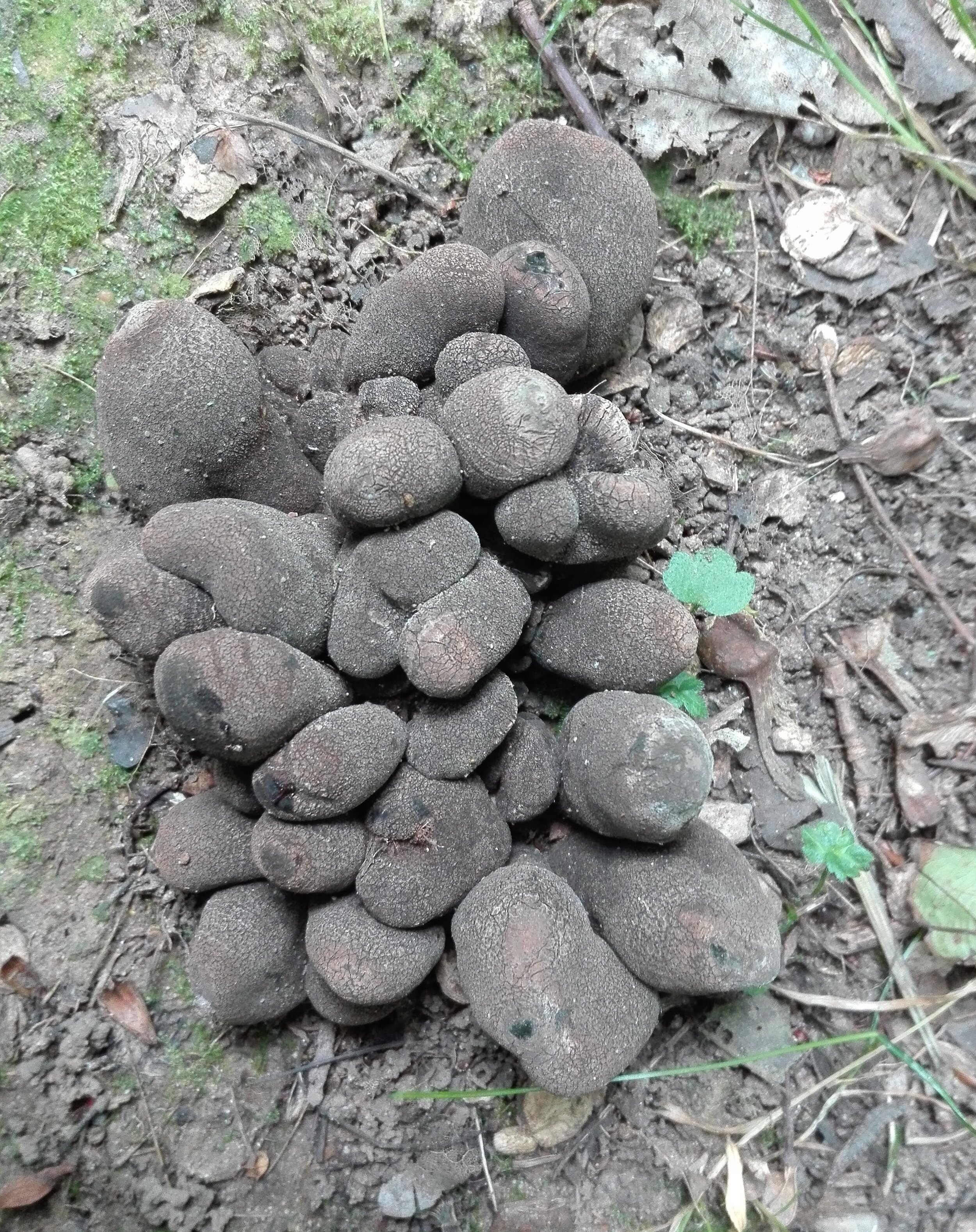I recently became a “friend” of Kemerton Lakes Reserve, so took the opportunity to walk some of the member-only paths. One interesting thing I came across were leaf galls made by small mites. The red “pustules” on Field Maple are from a tiny mite called Aceria aceriscampestris, while those on the Alder are Eriophyes laevis.
There were a few past-their-best Pyramidal Orchids about, but this Broad-leaved Helleborine (Epipactis helleborineas) was in full bloom - a new orchid for me.
This fungus, looking like a cluster of dirty potatoes, growing on one of the paths was interesting, and so far I wasn’t able to put a name to it.



